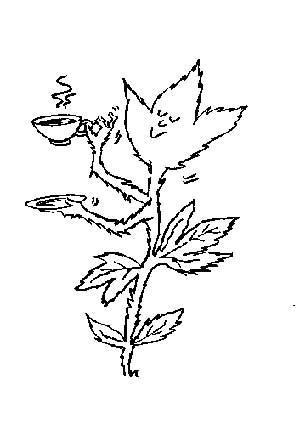|
|
|
Hyptis crenata has been prescribed by Brazilian healers for millennia to treat ailments from headaches and stomach pain to fever and flu. The most common method was to produce a decoction. This involves boiling the dried leaves in water for 30 minutes and allowing the liquid to cool before drinking it as a tea. The lead researcher, Graciela Rocha is Brazilian and remembers being given the tea as a child to cure every illness. ‘The taste isn't what most people here in the UK would recognise as a mint, she says. In fact it tastes more like sage which is another member of the mint family. Not that nice, really, but then medicine isn't supposed to be nice, is it?’ It is estimated more than 50,000 plants are used worldwide for medicinal purposes. Besides traditional use, more than half of all prescription drugs are based on a molecule that occurs naturally in a plant. Dr Beverly Collett, chair of the Chronic Pain Policy Coalition, said: ‘Obviously further work needs to be done to identify the molecule involved, but this is interesting research into what may be a new analgesic for the future.’ Some might ask why the herb should not be used as it traditionally has been, as a decoction rather than being ‘synthesised’ into a drug…. The research was presented at the International Symposium on Medicinal and Nutraceutical Plants in New Delhi, India. More research on herbal medicine First Published in November 2009
|













